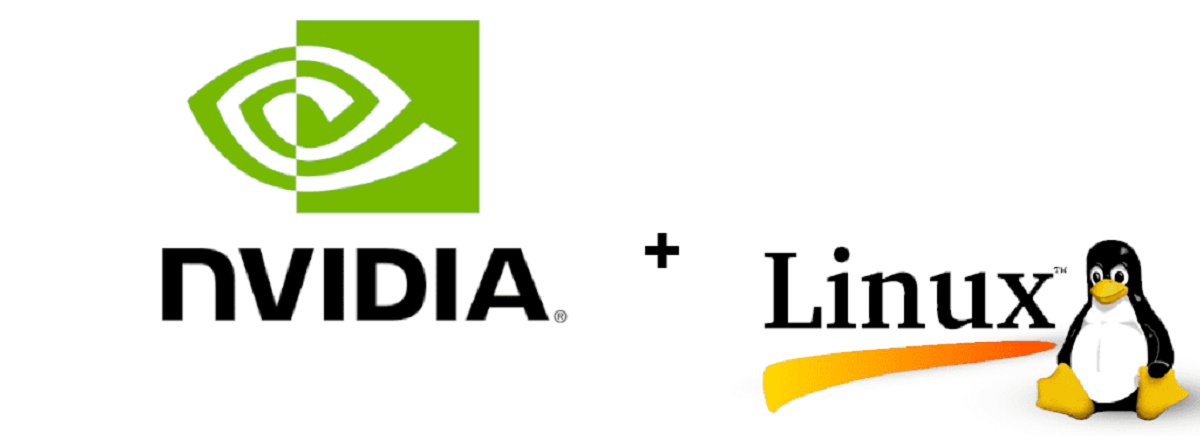
NVIDIA released the release of the new version of the drivers NVIDIA 460.32.03 to be developed as part of a long support cycle (LTS) until January 2022.
Among the most notable changes in this new version of the drivers, we can find support for the RTX 3060 Ti, the optimization "Reverse PRIME Bypass", improvements for Vulkan and other changes.
NVIDIA 460.32.03 Top New Features
One of the most important changes presented in this new version is the Support for the Vulkan Graphics API has been greatly improved and is that support has been added for Vulkan-extensions VK_KHR_fragment_shading_rate, VK_NV_fragment_shading_rate_enums, VK_KHR_acceleration_structure, VK_KHR_shader_terminate_invocation, VK_KHR_copy_commands2, VK_EXT_shader_image_atomic_int64, VK_EXT_external_memory_host, VK_KHR_ray_tracing_pipeline, VK_KHR_ray_query, VK_KHR_pipeline_library and VK_KHR_deferred_host_operations.
Another of the changes that stands out is the changing the disk cache size for OpenGL and Vulkan shaders from 128MB to 1GB (quite a significant increase). Besides that also shader cache location on disk changed (Changes are only effective for new installations, on older systems the cache will continue to be located in the /.nv/ directory and will be limited to 128MB).
As for the added support, we can find that in Nvidia 460.32.03 Added support for GeForce RTX 3060 Ti GPUs, RTX A6000, A40, T500, A100-SXM4-80GB, as well as also support for RandR extension for rotation and reflection when using an NVIDIA graphics card for "PRIME Display Offload" output.
On the other hand, it is highlighted that "Reverse PRIME Bypass" optimization has been implemented, which reduces load in "PRIME Render Offload" and "PRIME Display Offload" modes when running full-screen applications.
Of the other changes that stand out:
- The value of the AllowEmptyInitialConfiguration parameter has been changed to True, allowing the NVIDIA driver to be used with X servers without attached displays.
- Added support from Sleep Initial Hibernate to Experimental Idle.
- The memory allocation strategy has been improved in the modeset.ko kernel module.
- In the X server driver, the "NoInterlacedModes" parameter has been added to the "ModeValidation" option to disable interlaced scan modes.
Finally, it is also mentioned that at the same time, updates to previous branches of LTS 390.141 and 450.102.04 were released, where version 390.141 provides compatibility with the Linux kernel 5.8.
How to install Nvdia drivers on Linux?
Note: before carrying out any process it is important that you check the compatibility of this new driver with the configuration of your equipment (system, kernel, linux-headers, Xorg version).
Since if not, you can end up with a black screen and at no time we are responsible for it since it is your decision to do it or not.
For those of you interested in being able to install the Nvidia drivers on your system, the first thing to do is is to go to the official Nvidia website and in its download section they will be able to find the new version of the drivers ready for download.
Once the download is done, it is important that we remember where the file was downloaded, as we will have to stop the graphical user session to install the driver on the system.
To stop the graphical session of the system, for this we must type one of the following commands depending on the manager that we are using and we must execute the following combination of keys, Ctrl + Alt + F1-F4.
Here we will be asked for our system login credentials, we log in and execute:
LightDM
sudo service lightdm stop
o
sudo /etc/init.d/lightdm stop
GDM
sudo service gdm stop
o
sudo /etc/init.d/gdm stop
MDM
sudo service mdm stop
o
udo /etc/init.d/kdm stop
KDM
sudo service kdm stop
o
sudo /etc/init.d/mdm stop
Now we must position ourselves in the folder where the file was downloaded and We give execution permissions with:
sudo chmod + x nvidia * .run
Y finally we must run the installer with:
sudo sh nvidia-linux * .run
At the end of the installation we must re-enable the session with:
LightDM
sudo service lightdm start
o
sudo /etc/init.d/lightdm start
GDM
sudo service gdm start
o
sudo /etc/init.d/gdm start
MDM
sudo service mdm start
o
sudo /etc/init.d/kdm start
KDM
sudo service kdm start
o
sudo /etc/init.d/mdm start
You can also choose to restart the computer so that the new changes and the driver are loaded and executed at system startup.